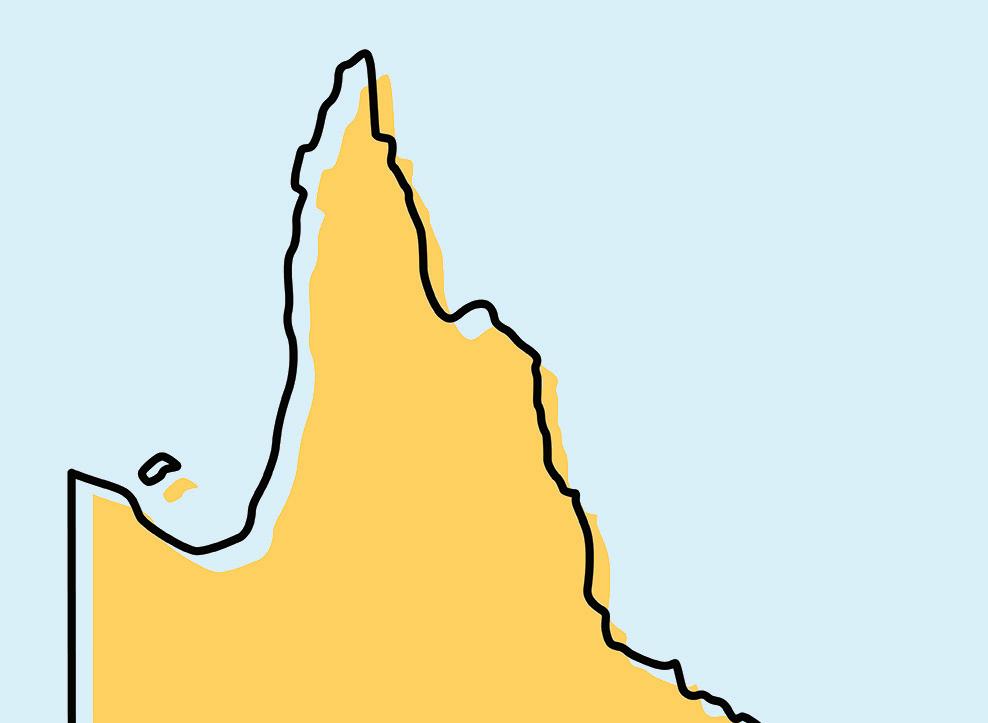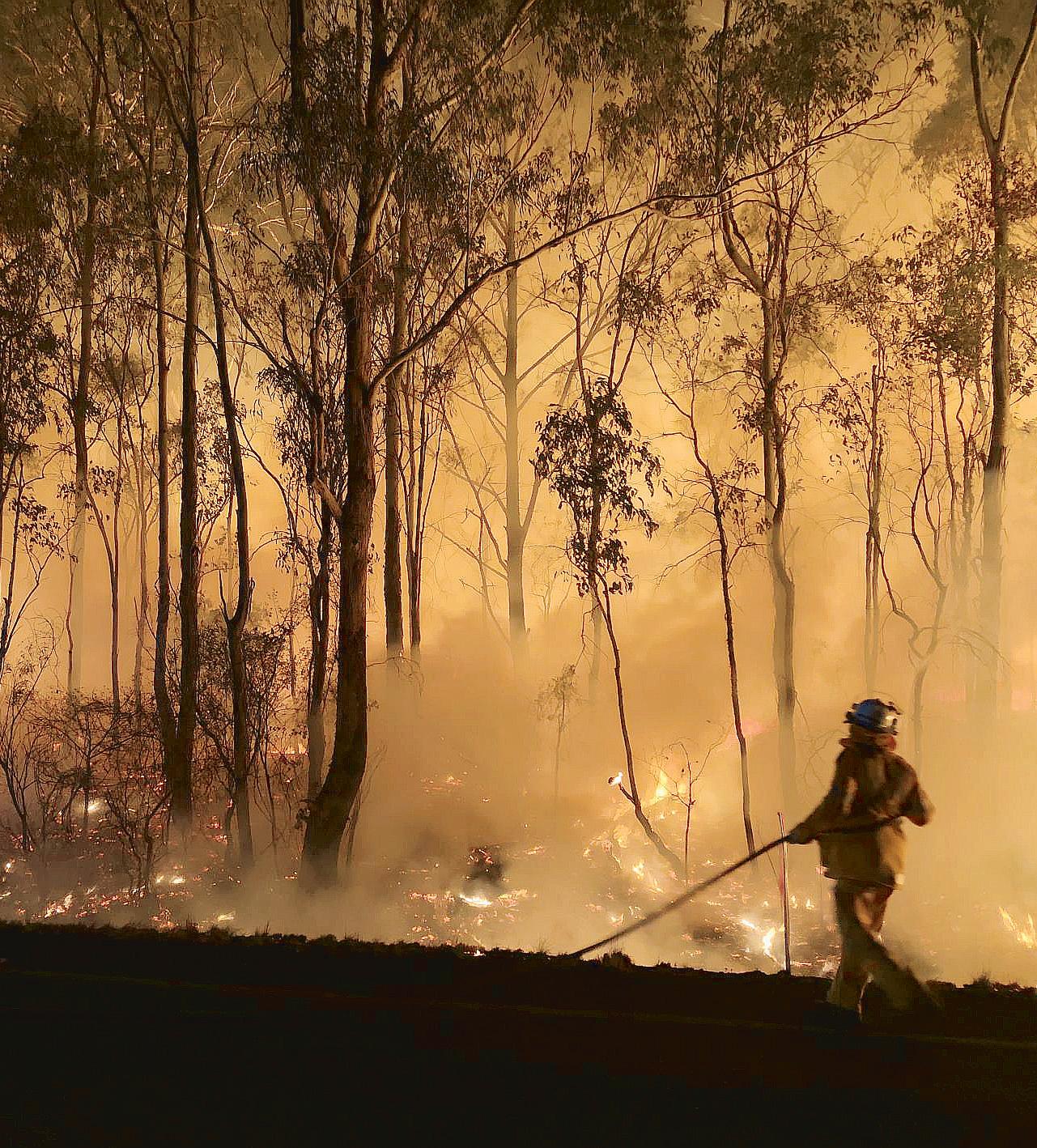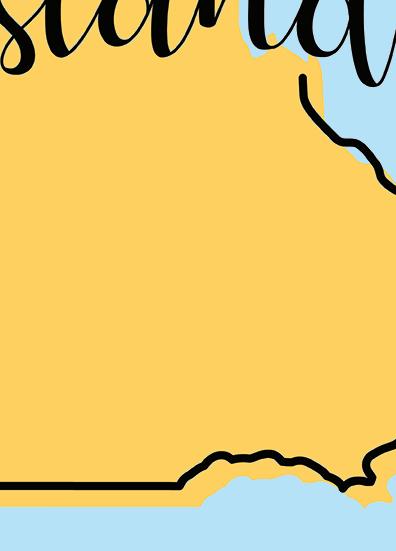
3 minute read
Clear danger of bushfires FOOD FOR THOUGHT
TOM MARLAND
It’s been three long years since the 2019-2020 mega fires incinerated 3500 homes and took the lives of 34 innocent people. It destroyed 60 million acres of native eucalypt forests - three times the area of the whole state of Tasmania. Three billion native wildlife where annihilated in three short months with the fires tipping many endangered species towards extinction. Economists have estimated that the fires cost over $80 billion in damage to property and economic loses.
The smoke plume stretched over 11,000 kilometers across the South Pacific Ocean to Chile and Argentina. Scientists have now linked the megafires to the “triple dip” la nina which has caused widespread flooding across eastern Australia. Modelling from scientists at the US National Center for Atmospheric Research has found that smoke aerosols from the bushfires interacted with clouds to cool surface waters over the south-eastern subtropical Pacific Ocean. It has also been estimated that smoke from the megafires depleted the ozone layer by up to 5% in 2020 alone.
The carbon emissions from November 2019 to January 2020 are estimated to have been over 700 million tonnes of carbon dioxide – almost double Australia’s entire annual carbon emissions – in three catastrophic months.
So called academics, conservationists and opportunistic politicians put the blame of these fires on climate change. But bushfires aren’t new in Australia – in fact fire has helped shaped this continent since the last ice age 20,000 years ago. Whether by indigenous land management practices or naturally occurring fire by lightning strike – our environment – or more importantly our vegetation - has evolved to adapt to and flourish in fire dominated ecosystems. Australia is also the second driest continent on earth and has always experi- enced periods of hot and dry conditions which is ideal for large scale bushfires.
But given the scale of the 2020 bushfires, one would have thought that Australia would be forced to have a complete rethink about the way we manage our landscape and adapt to bushfires. But then a global pandemic hit and it started to rain and our minds where distracted by more shinier things.
Instead of actually getting their hands dirty or stepping out of an airconditioned office, our elected officials have decided to fight bushfires with solar panels and wind turbines while at the same time exporting record volumes of iron ore, coal and gas to be burned on some other foreign shore.
The majority of the east coast of Australia has had three high rainfall seasons and like floods follow drought, bushfires will once again be raging this summer. It’s depressing to think that for the all the effort and money we are spending to combat climate change by completely decarbonising our electricity grid –the next bushfire will make all of those savings redundant – in fact they will actually increase our carbon emissions over time.
While a warming climate creates increased conditions for large scale bushfires – its actually our land management practices over the last 250 years which are the true culprit. Since European settlement in Australia – we have sought to exclude fire from the landscape which has allowed fire dominant and highly flammable eucalypt forests to proliferate.
While it is a sensible solution to increase the rate of “cultural” or “cool burning to reduce bushfire risk – the scale and density of many of our native forests dictates that these traditional methods will not be effective alone.
Unfortunately, our land and vegetation management policies across Australia make it virtually impossible to reduce bushfire risk and to take common sense preventative action to protect properties and communities. Many of these policies are focused on “protecting” the environment but what they are actually doing is increasing the risk of these areas being decimated by future bushfires.
The problem is that those developing the policy and implementing our laws know as much about bushfires and managing the environment as they have common sense – which is limited.


Those that actually live and work in the bush – namely farmers – are always the last ones to be asked about how to manage the environment or reduce fire risk. But they always seem to be the first ones called when a bushfire starts and have to try and put it out before it destroys their homes.
We need to get back to practical land management policy and principles and start listening to those who are actually on the ground and who are most at risk. Sadly, we appear to be repeating the same mistakes we have made over and over again and unlike the weather patterns – they appear even harder to change.










